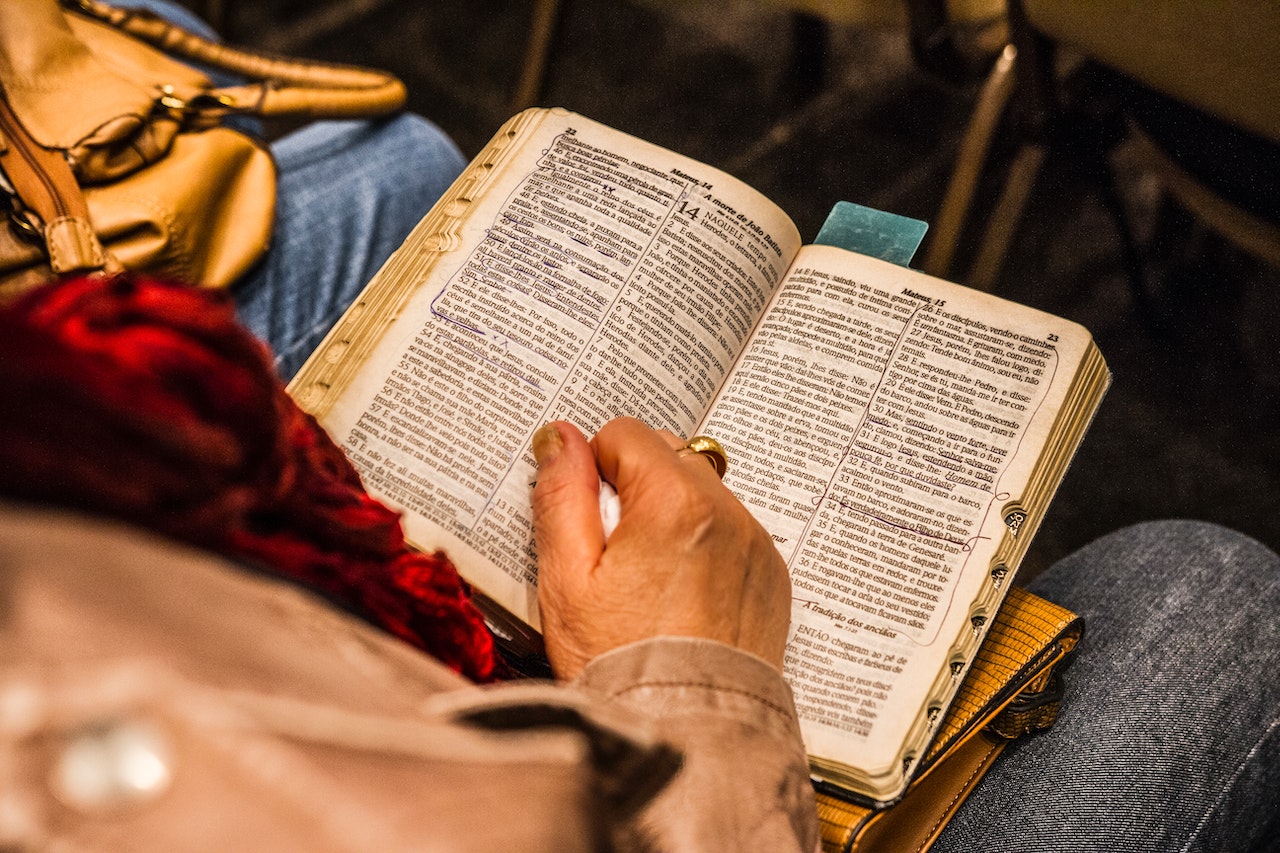The bloody sheets tradition, also known as the “bedding ceremony,” is a cultural practice that involves displaying bloodstained sheets after a couple’s wedding night. This tradition is believed to symbolize the bride’s virginity and serves as proof of consummation. It has historical roots in various cultures and has been practiced in different parts of the world.
Table of Contents
The Origins and History of the Bloody Sheets Tradition
What is the bloody sheets tradition? You may have heard of this peculiar tradition, but do you know where it comes from and why it is practiced? Let’s delve into the origins and history of this intriguing custom.
The bloody sheets tradition dates back centuries and is believed to have originated in Europe. It was a common practice among newlyweds to display their wedding sheets, stained with blood, as proof of the bride’s virginity. This tradition was rooted in the belief that a woman’s worth and honor were tied to her virginity, and it was essential to provide evidence of her purity.
In those times, a woman’s virginity was highly valued, and her ability to maintain it until marriage was seen as a testament to her moral character. The bloody sheets served as a public declaration of the bride’s chastity, ensuring her reputation remained intact. It was also a way for the groom to assert his honor and masculinity, as he was seen as the one who had “deflowered” his bride.
As time went on, the bloody sheets tradition spread to different parts of the world, including the Middle East, Africa, and Asia. However, its significance and the way it is practiced may vary across cultures. In some regions, the sheets are displayed to the entire community, while in others, they are only shown to close family members.
While the bloody sheets tradition may have been deeply ingrained in society in the past, it has faced criticism and controversy in recent years. Many argue that it perpetuates harmful gender stereotypes and places an undue burden on women to prove their worth through their virginity. Critics also argue that it invades the privacy of newlyweds and places unnecessary pressure on them.
In response to these concerns, some communities have started to question and abandon the tradition altogether. They recognize that a woman’s worth should not be determined by her virginity, but rather by her character, accomplishments, and contributions to society. This shift in mindset reflects a broader movement towards gender equality and the rejection of harmful traditions that reinforce patriarchal norms.
It is important to note that not all couples choose to participate in the bloody sheets tradition, even in cultures where it is still practiced. Many modern couples prefer to keep their intimate moments private and believe that their love and commitment to each other should be enough to validate their marriage.
In conclusion, the bloody sheets tradition has a long and complex history that spans across different cultures. While it was once seen as a way to prove a woman’s virginity and uphold societal norms, it is now being questioned and challenged. As society progresses towards greater gender equality, it is crucial to reevaluate and discard traditions that perpetuate harmful stereotypes. Ultimately, a person’s worth should not be determined by their sexual history, but rather by their character and contributions to the world.
Cultural Significance and Symbolism of the Bloody Sheets Tradition

What is the bloody sheets tradition? It may sound like a strange and somewhat gruesome tradition, but it holds a deep cultural significance and symbolism in certain communities. Let’s delve into the history and meaning behind this unique practice.
The bloody sheets tradition is a custom that is observed in some cultures to celebrate a woman’s virginity on her wedding night. It involves presenting the blood-stained sheets from the couple’s first night together as proof of the bride’s purity. While this tradition may seem archaic and outdated to some, it continues to be practiced in various parts of the world.
The cultural significance of the bloody sheets tradition lies in its association with a woman’s honor and reputation. In many societies, a woman’s virginity is highly valued and considered a virtue. The presence of blood on the sheets is seen as evidence of the bride’s purity and fidelity to her future husband. It is believed to bring honor not only to the bride but also to her family.
Symbolically, the bloody sheets represent the transition from girlhood to womanhood. They signify the bride’s transformation from an unmarried woman to a married one. The bloodstains on the sheets are seen as a physical manifestation of this transition, marking the end of one phase of life and the beginning of another.
While the bloody sheets tradition may have cultural significance, it is important to acknowledge that it can also perpetuate harmful gender norms and reinforce the idea that a woman’s worth is tied to her virginity. This tradition places an undue burden on women to prove their purity and can lead to harmful consequences such as forced marriages, honor killings, and the stigmatization of women who do not bleed on their wedding night.
In recent years, there has been a growing movement to challenge and question the bloody sheets tradition. Many individuals and organizations are advocating for a more progressive and inclusive understanding of sexuality and gender roles. They argue that a woman’s worth should not be determined by her virginity, and that her value lies in her autonomy, choices, and contributions to society.
It is important to note that not all cultures practice the bloody sheets tradition, and even within communities that do, there is often a wide range of beliefs and attitudes towards it. Some individuals may choose to participate in the tradition willingly, while others may feel pressured or coerced into doing so.
As societies continue to evolve and progress, it is crucial to critically examine and challenge traditions that perpetuate harmful gender norms and restrict individual freedoms. The bloody sheets tradition is just one example of a practice that warrants reflection and discussion. By engaging in open and respectful conversations, we can work towards creating a more inclusive and equitable society for all.
Modern Interpretations and Variations of the Bloody Sheets Tradition
Modern Interpretations and Variations of the Bloody Sheets Tradition
The bloody sheets tradition is an age-old custom that has been passed down through generations. It is a practice that holds great significance in many cultures around the world. While the origins of this tradition are rooted in ancient beliefs and customs, it has evolved over time and taken on new meanings in modern society.
In its traditional form, the bloody sheets tradition is associated with the consummation of a marriage. It is believed that on the wedding night, the bride’s virginity is proven by the presence of bloodstains on the sheets. This act is seen as a symbol of purity and fidelity, and it holds immense importance in some cultures.
However, as society has progressed and attitudes towards sexuality have changed, the bloody sheets tradition has also undergone a transformation. In modern interpretations, the focus has shifted from the concept of virginity to the celebration of love and commitment between two individuals.
One modern variation of the bloody sheets tradition involves the couple intentionally staining the sheets with fake blood. This act is not meant to prove the bride’s virginity but rather to symbolize the couple’s willingness to be vulnerable and open with each other. It represents their shared commitment to honesty and trust in their relationship.
Another variation of the tradition involves the couple using the bloody sheets as a canvas for their artistic expression. They may choose to create a painting or a piece of artwork using the bloodstains as a medium. This unique interpretation allows the couple to showcase their creativity and create a lasting memento of their special day.
In some cultures, the bloody sheets tradition has taken on a more metaphorical meaning. Instead of focusing on physical virginity, it is seen as a representation of the couple’s emotional and spiritual purity. The act of staining the sheets symbolizes the couple’s willingness to let go of past experiences and start their married life with a clean slate.
It is important to note that not all couples choose to participate in the bloody sheets tradition. In modern times, many couples opt for alternative rituals or choose to forgo this tradition altogether. The decision to partake in the tradition or not is a personal one and should be respected.
Regardless of the specific interpretation or variation, the bloody sheets tradition continues to hold significance for many couples. It serves as a reminder of the deep-rooted cultural beliefs surrounding marriage and the importance of commitment and trust in a relationship.
In conclusion, the bloody sheets tradition has evolved over time to reflect the changing attitudes towards sexuality and marriage. Modern interpretations focus on love, commitment, and emotional purity rather than physical virginity. Whether couples choose to participate in this tradition or not, it remains a symbol of cultural heritage and serves as a reminder of the values that underpin a successful marriage.
Controversies and Debates Surrounding the Bloody Sheets Tradition
What is the bloody sheets tradition? It’s a question that has sparked many controversies and debates over the years. This tradition, also known as the “bedding ceremony,” is a practice that dates back centuries and is still observed in some cultures today. It involves the display of bloodstained sheets after a couple’s wedding night, symbolizing the bride’s virginity. While some view it as a harmless cultural tradition, others argue that it perpetuates harmful gender stereotypes and places undue pressure on women.
One of the main controversies surrounding the bloody sheets tradition is its focus on a woman’s virginity. In many cultures, a woman’s worth is often tied to her purity and chastity. The display of bloodstained sheets is seen as proof of her virginity and is celebrated as a sign of her virtue. However, this places an unfair burden on women, as their worth is reduced to their sexual history. It reinforces the idea that a woman’s value lies solely in her ability to remain “pure” for her future husband.
Another issue with the bloody sheets tradition is the lack of consent involved. The expectation that a woman’s virginity will be proven through the display of bloodstained sheets disregards her autonomy and personal choices. It assumes that all women should conform to societal expectations and pressures them into conforming to a specific standard of purity. This can be particularly harmful for women who may not have had intercourse or who may have engaged in consensual sexual activity before marriage.
Furthermore, the bloody sheets tradition perpetuates harmful gender stereotypes. It reinforces the idea that men are entitled to a virgin bride and that a woman’s worth is determined by her sexual history. This can lead to the objectification and devaluation of women, as they are reduced to their sexual experiences. It also places an unfair burden on men, as they are expected to be the ones who “deflower” their brides and prove their masculinity through their sexual conquests.
Despite these controversies, there are arguments in favor of the bloody sheets tradition. Some argue that it is a cultural practice that should be respected and preserved. They believe that it is a way to honor and celebrate a couple’s union, and that it should not be seen as oppressive or harmful. They argue that it is a personal choice and that couples should be allowed to participate in the tradition if they wish to do so.
However, it is important to consider the potential harm that the bloody sheets tradition can cause. It can perpetuate harmful gender stereotypes, place undue pressure on women, and disregard their autonomy and personal choices. It is crucial to challenge and question traditions that reinforce inequality and objectification.
In conclusion, the bloody sheets tradition is a controversial practice that has sparked many debates. While some argue that it is a harmless cultural tradition, others believe that it perpetuates harmful gender stereotypes and places undue pressure on women. It is important to critically examine and challenge traditions that reinforce inequality and objectification, and to prioritize consent, autonomy, and respect in all aspects of our lives.
Conclusion
The bloody sheets tradition refers to a cultural practice in some societies where newlywed couples are expected to display bloodstained bedsheets after their first night of sexual intercourse. This tradition is rooted in the belief that the presence of blood on the sheets signifies the bride’s virginity and purity. However, it is important to note that this tradition is controversial and has been widely criticized for perpetuating harmful gender stereotypes and invading individuals’ privacy.
For licensing reasons, we must provide the following notice: This content was created in part with the help of an AI.


